commentary Commentary
Commentary: Are lone wolves or regional terrorist networks more dangerous to Singapore?
Counter-terrorism expert Jolene Jerard sheds light on the nature of the threat of terrorism to Singapore, including the tactics of regional networks and motivations of radicalised individuals.
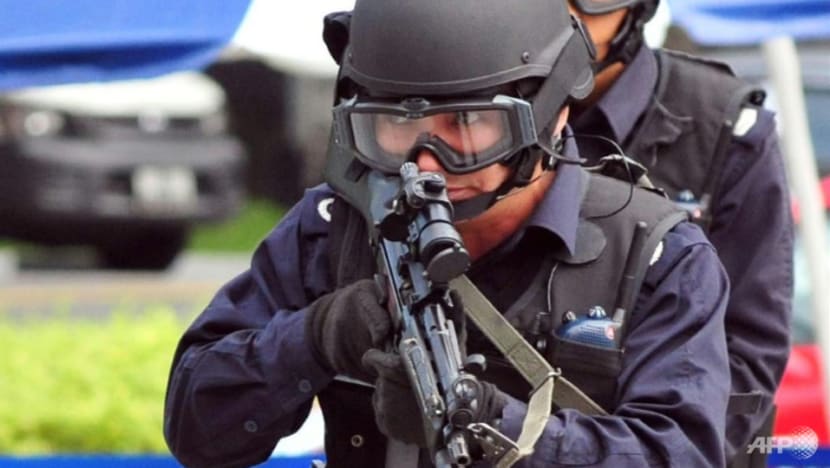
Singapore police conduct an anti-terror drill. (File photo: AFP/Bob Low)
SINGAPORE: The Ministry of Home Affairs (MHA) announced on Thursday (Jun 1) that the threat of terrorism to Singapore stands at its highest level in recent years and that the Islamic State militant group has demonstrated that Singapore is “very much on its radar”.
The Ministry also said the threat posed by radicalised individuals is Singapore’s greatest concern, even as the possibility of an attack by regional terrorist networks remains.
But this differentiation between a lone wolf and a regional network is not that clear cut. In fact, if we held onto our old ways of looking at new terrorist threats, and think about the menace as either of the two, we may inadvertently miss the real nature of terrorism to Singapore.
A LONE WOLF MAY BE MORE VOLATILE
Many of us think of a lone wolf as a lonely individual operative who functions in solitude and conducts an act of terrorism on the spur of the moment, without a connection to a radical network. However, this is seldom the case.
In its current form, the Islamic State militant group has a hybrid structure comprising both a centralised command and a diffused global network. Their followers who call themselves junud khalifa or soldiers of the caliphate epitomise organised chaos.
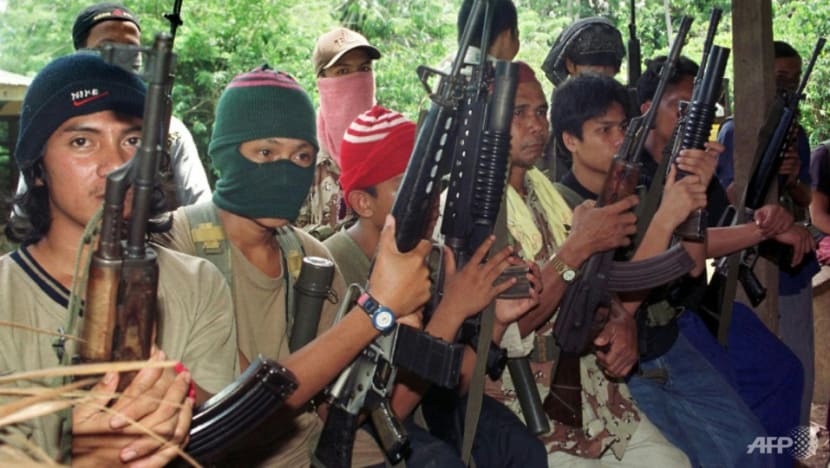
The soldiers of the caliphate include lone wolves, homegrown terrorists, small cells and diffused network structures. Compared to a formally organised network, this loose collection of operatives is in a better tactical position to hide their activities and can be far more effective.
Such an organisational pattern is gaining ground. A video released by Islamic State on Jun 21, 2016 featured fighters from Indonesia, Malaysia and the Philippines calling on other fighters to unite under the leadership of Isnilon Hapilon, former deputy head of the Abu Sayyaf Group, and to conduct lone wolf attacks within the Southeast Asian region. This direction of encouraging followers to conduct individual acts of violence is a message that other Islamic State Southeast Asian operatives in Iraq and Syria such as Indonesian Bahrun Naim and deceased Malaysian Muhammad Wanndy have consistently sent.
So the lone wolf actor through ascribing to the group’s ideology, pledging allegiance to terrorist leadership and accessing a community of supporters or like-minded individuals online would still be part of a larger network.
Often, he belongs to a diffused and loose network structure. For instance, Omar Mateen - the lone wolf attacker of the Orlando nightclub in June 2016 - had called the emergency hotline 911 and iterated his allegiance to Islamic State, even though it was not clear that he was formally connected to the group.
Terrorists would probably like to label themselves as lone wolves – projecting an image of independence and machismo. They would probably be keen to show that they are not followers or sheep, but are willing to go down an uncharted heroic road as a brave martyr. This is in line with the images of bravado representative of wolves of the caliphate that Islamic State followers like to project.
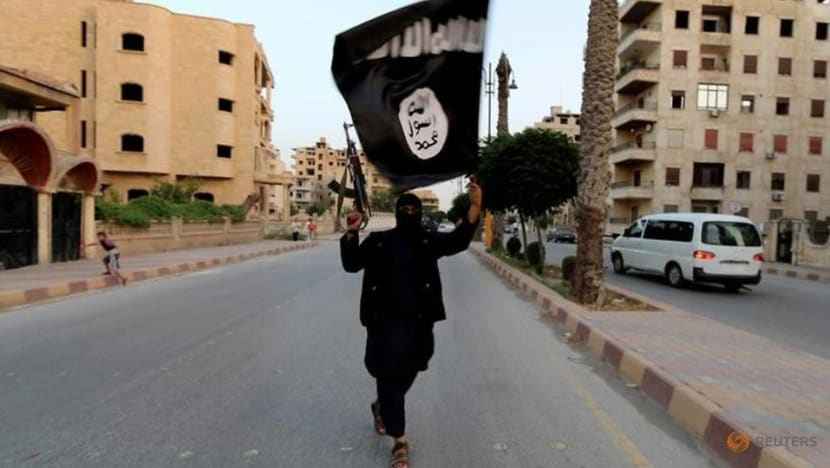
Yet, their tactics may not be a lone wolf’s for they do not act in isolation. In fact, in some ways, as a formal network, terrorists may be less dangerous. While terrorist networks have the capacity to wrought more damage in an organised attack, especially if their members have bomb-making skillsets, a lone wolf may be more volatile and more violent for he does not have to suffer the pressures of seeking concurrence from a group.
BUT LONE WOLVES GET IDEAS AND HELP FROM NETWORKS
The differentiation between a lone wolf and an operative in a formal network is further blurred because of the changing methods of terrorism today. Ideological extremism recognises neither borders nor territory, and its members share only a resolute attempt to connect and expand the capabilities of existing and future networks.
An Islamic State video released in May 2016 reiterated the idea of a caliphate in the Nusantara (Malay Archipelago) and named government leaders of Singapore, Malaysia, Indonesia and the Philippines as key targets.
The strategic use of social media and encrypted chat applications has augmented such networks and opened up new avenues for radicalisation, recruitment and fundraising activities to spread. Radical ideas can now cross-pollinate with greater ease, and new recruits can receive indoctrination remotely without a spiritual leader having to leave his house – or jail cell, in many other cases.
The capabilities and skillsets needed to manufacture deadly bombs can similarly be passed on easily. Take for instance the recent spate of using pressure cooker bombs in Southeast Asia, which have been linked to instructions on how to construct such pressure cooker bombs from an Al Qaeda-inspired magazine in 2011 and a tradecraft manual that was circulated by Bahrun Naim in 2016.
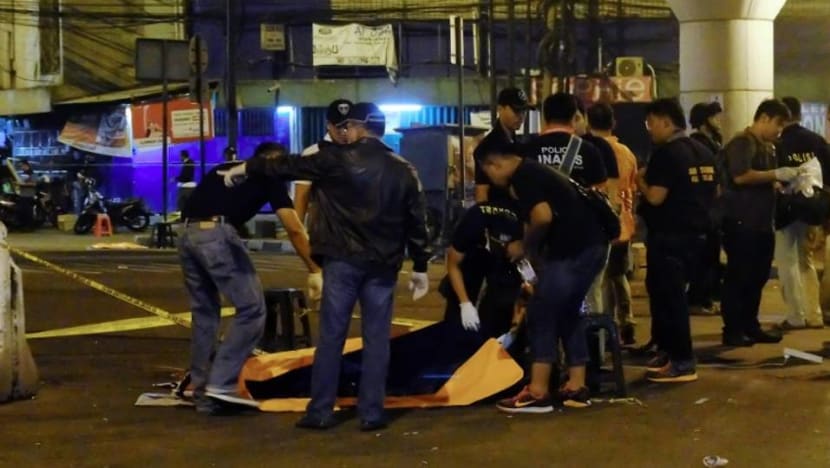
A more sophisticated publication circulated in October 2016 touched more concretely on the methods of action and tools that terrorists can use, and highlighted how to target places in Singapore, along with several other countries.
RETURNING FOREIGN FIGHTERS ARE ALSO A HUGE THREAT
One more key challenge to Singapore is the dangers posed by returning foreign fighters from Iraq and Syria. Comprising not just those who have fought and lost in Islamic States’ militant battles but also deportees who were turned away by immigration in Turkey and countries bordering Iraq and Syria, these returning fighters may be gunning for a fight, having been unsuccessful in their bid to contribute to Islamic State.
Yet, while registered as successful instances of interdicted foreign fighters abroad, when they are deported to Southeast Asia, limited engagement is done. From 2015 to March 2017, it is estimated that the total number of deportees reached a staggering 440 in Indonesia alone.
Worse, these might not just be nationals returning to Southeast Asia but experienced foreign terrorists with the ability to wreak all sorts of havoc. Foreign fighters killed in Southern Philippines - namely Moroccan Omar Khattab in April 2016 and Belizean Nadir Ahmad in January 2017 - were alleged bomb-making experts.
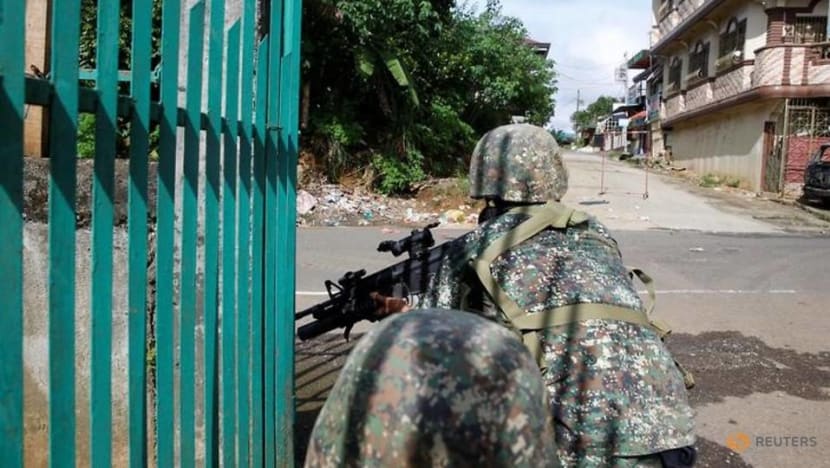
It would be erroneous to assume that foreign fighter returnees would only return to their countries of origin. Many come from nationalities outside Asia. In the most recent siege in Marawi, among those killed were Chechen, Yemeni and Saudi nationals. The siege in Marawi suggests foreign involvement in the militants' consolidation and planning efforts, with the intent of creating a regional base in the Philippines.
TAKES A NETWORK TO DEFEAT A NETWORK
Attempts to establish an Islamic State wilayah (province) in the region grow with the proliferation of groups pledging allegiance to Islamic State within Southeast Asia. Whether we think of them as lone wolves or networks, group loyalty is the cornerstone and prized asset of these ideological fundamentalists.
This strong sense of belonging to the group renders those within the network a sense of identity that they must hold steadfastly to. It is this strong personal bond that ties terrorist networks together, much as some individuals might act on their own personal instincts.
So perhaps, regardless of the labels we assign them – lone wolves or regional networks – there is some truth to the idea that a strong community response and intervention by friends and families of these individuals may be the best solution. Increased coordination and cooperation with regional counter-terrorism and intelligence agencies is also the best collective way ahead.
It will take a network to defeat a network.
Dr Jolene Jerard is a Research Fellow with the International Centre for Political Violence and Terrorism Research at the S. Rajaratnam School of International Studies at Nanyang Technological University.












